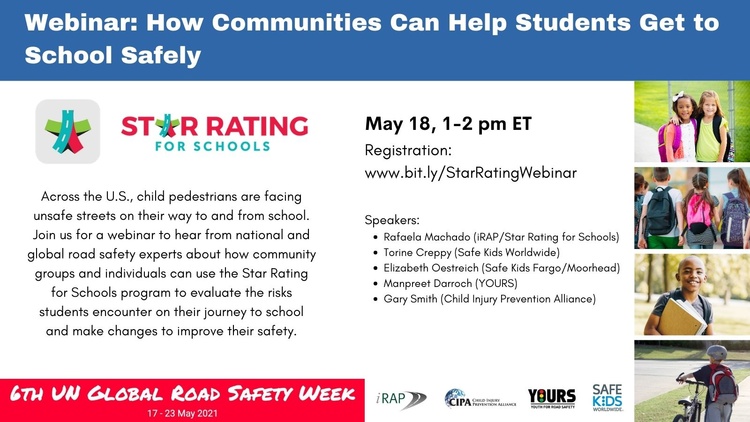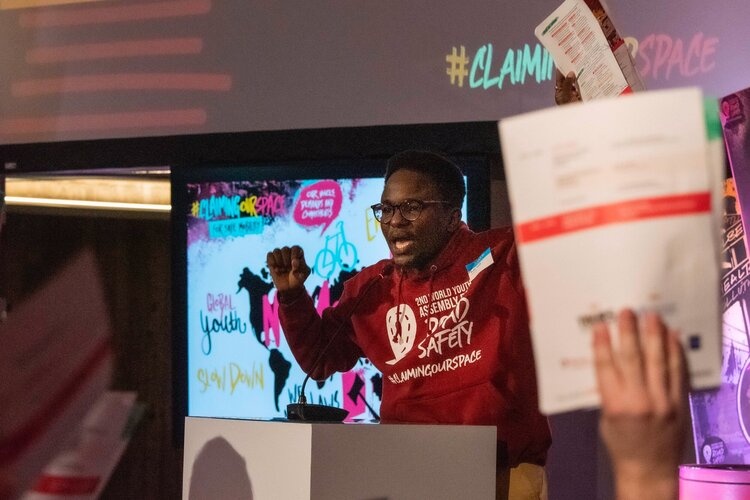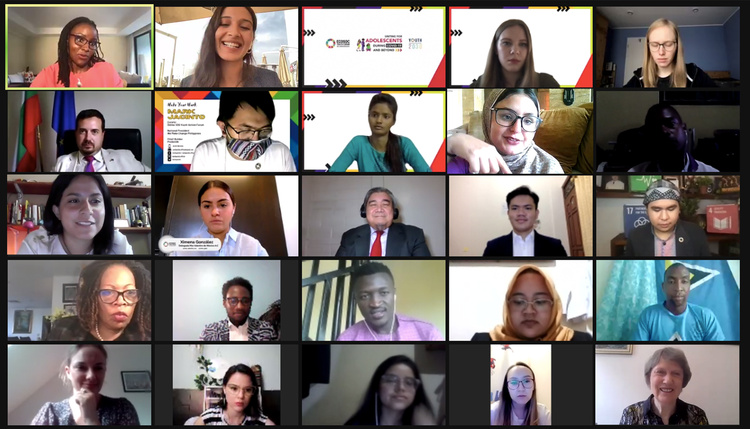
Join the webinar on How Communities Can Help Students Get to School Safely
As part of Global Road Safety Week 2021, Child Injury Prevention Alliance with iRAP – International Road Assessment Programme and Star Rating for Schools will hold a webinar on How Communities Can Help Students Get to School Safely. The webinar highlights the 6th UN Global Road Safety Week’s theme: Streets for Life and will help raise awareness on the importance of low-speed streets in communities, especially in school zones.
The webinar will feature national and global road safety experts discussing the use of the Star Rating for Schools program to improve safety as children travel to and from school.
Star Rating for Schools, which was developed by iRAP, is an evidence-based tool for assessing road elements that affect pedestrian safety encountered by children as they travel to school. It also provides users guidance on appropriate interventions for addressing identified safety risks.

The webinar will be held on Tuesday, May 18 from 1-2 pm Eastern Time and will demonstrate how to use the program, present a case study, provide tips on involving youth, and close with a panel discussion on implementing program recommendations.
Speakers for the webinar include; Rafaela Machado from iRAP/Star Rating for Schools, Torine Creppy from Safe Kids Worldwide, Elizabeth Oestreich from Safe Kids Fargo/Moorhead, and Manpreet Darroch from YOURS – Youth for Road Safety. The session will be moderated by Gary Smith from the Child Injury Prevention Alliance.
By using the Star Rating for Schools program to measure, manage, and communicate the risks that children encounter traveling to school, community groups and individuals can help students get to school and home again safely.
Register to join!












 In July 2020, YOURS launched the Global Youth Coalition for Road Safety, a platform bringing together individual members and organizations with the aim of creating momentum to make roads safer. Its objective is to offer resources, skills, partnerships, and opportunities to spread ideas and maximize their impact. Since its creation, 300 members from 76 countries have joined the Coalition.
In July 2020, YOURS launched the Global Youth Coalition for Road Safety, a platform bringing together individual members and organizations with the aim of creating momentum to make roads safer. Its objective is to offer resources, skills, partnerships, and opportunities to spread ideas and maximize their impact. Since its creation, 300 members from 76 countries have joined the Coalition.

 OMNIA EL OMRANI
OMNIA EL OMRANI ALEX AYUB
ALEX AYUB Thiago Gruner
Thiago Gruner OLIVIA NALWADDA
OLIVIA NALWADDA RITU JAIN
RITU JAIN ALISON COLLARD DE BEAUFORT
ALISON COLLARD DE BEAUFORT ESTEBAN PAREDES
ESTEBAN PAREDES ESTIARA ELLIZAR
ESTIARA ELLIZAR SOUMITA CHAKRABORTY
SOUMITA CHAKRABORTY OMNIA EL OMRANI
OMNIA EL OMRANI



